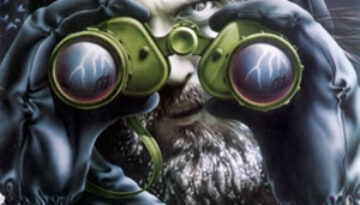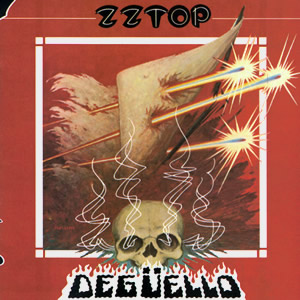Stormwatch by Jethro Tull
Buy Stormwatch Stormwatch was the twelfth studio album by Jethro Tull in twelve years, as they released exactly one album per year from the start of their career in 1968. Like all Jethro Tull […]

Buy Stormwatch Stormwatch was the twelfth studio album by Jethro Tull in twelve years, as they released exactly one album per year from the start of their career in 1968. Like all Jethro Tull […]

Buy Degüello ZZ Top came back from an extended break to close out the 1970s with Degüello, their sixth studio release. Mirroring the group itself, this album is as much about an attitude and […]